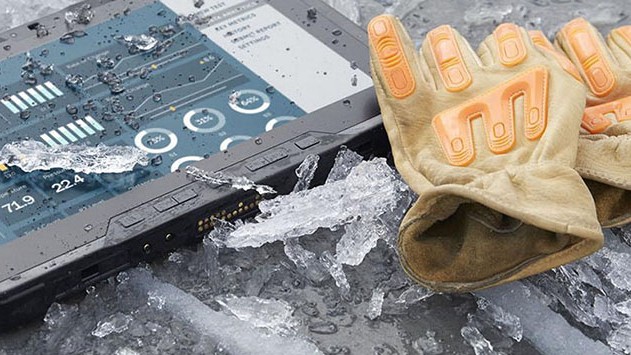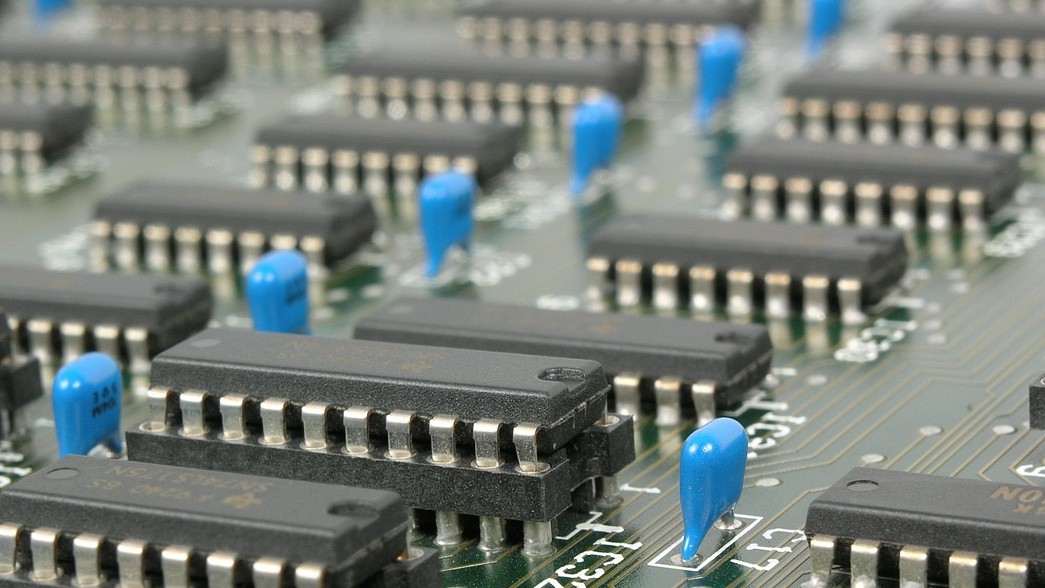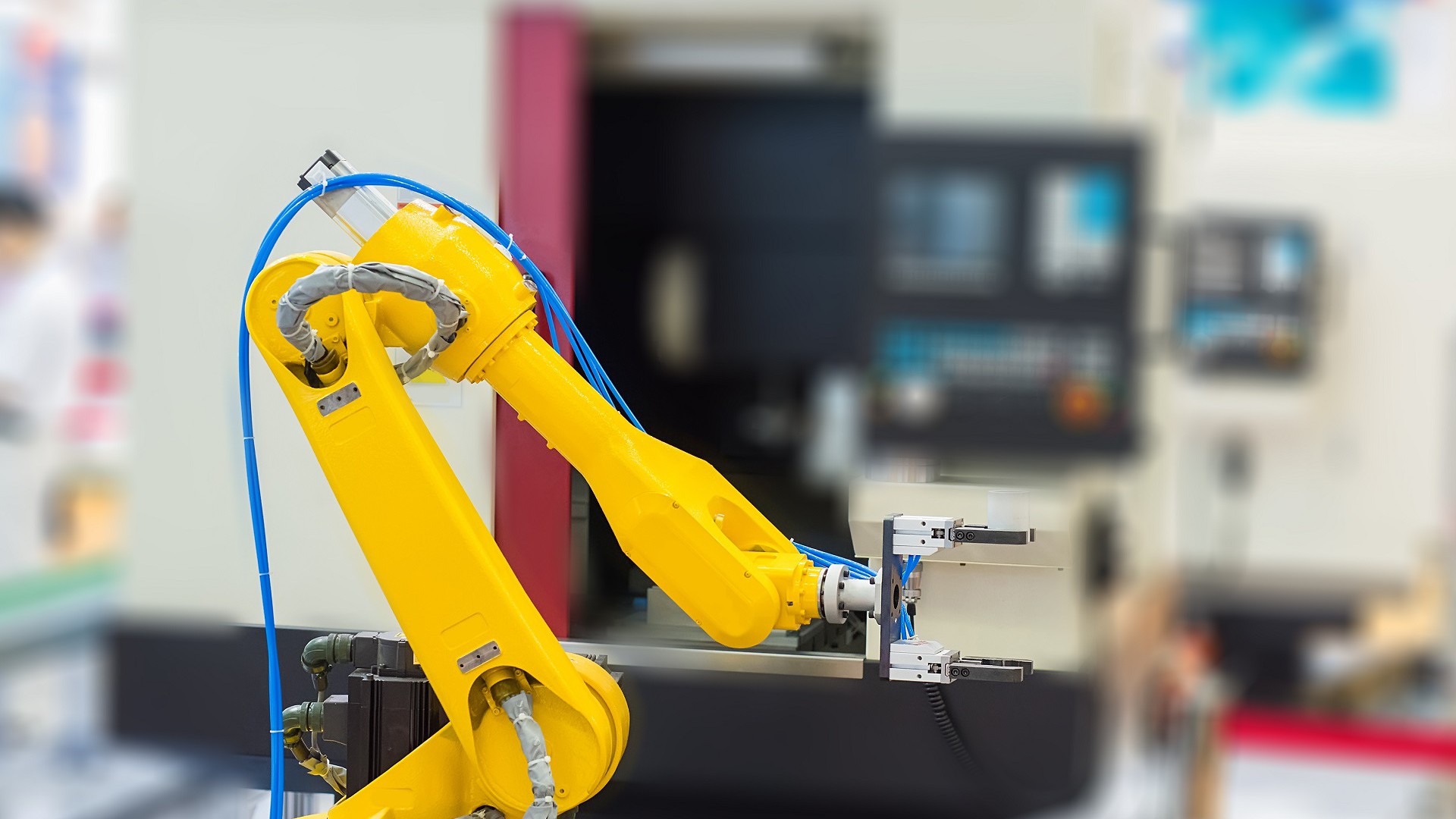The future is green. We’ve been hearing it for years. However, for most of the past five decades, clean energy just has not been economically feasible on a large scale. Despite finite supply and increasing environmental pressure from climate change, we are still largely reliant on fossil fuels for both energy and transportation. Yet, thanks to advancements in digital technology like the Internet of Things, industrial PCs, and rugged industrial tablets, that is finally beginning to change.
Climate Change and Consumer Demand
Article Guide
While fossil fuels have provided us with relatively cheap and abundant energy for almost two centuries now, pressures such as the increasing energy demand, rising population, diminishing reserves, and the encroaching threat of anthropogenic climate change mean we will need to find a new source of energy.
Consumers are responding to the threat of climate change by changing their consumption patterns. They are increasingly looking to purchase things like electric vehicles or solar panels for their homes. Meanwhile, countries worldwide are facing the threat of climate change head-on and decreased fossil fuel supplies head-on by investing in smart grid technology. In fact, 30% of the world’s energy is expected to come from renewable sources within the next three years. Simultaneously, the automotive industry is betting big on electric vehicle technology.
In short, fossil fuels are rapidly being phased out of both electricity production and transportation, and none of it is possible without a digital infrastructure undergirding it all.
Smart Renewables and the Smart Grid
When discussing “smart grids,” it is helpful to define terms first. Specifically: what is the grid? The grid is an interconnected network of power lines, transformers, and power plants designed to produce and deliver electricity to consumers. For the grid to function, the amount of energy used at a given moment needs to equal the amount of energy being produced and transmitted.
Traditionally, the grid worked in one direction. Electricity was produced at a power plant and transmitted to users along the grid. This model worked well in the 20th century, with 20th-century technology to meet 20th-century energy needs. Coal-burning or nuclear power plants could adjust their output based on expected consumption, and the system more or less functioned as it needed for many decades.
Green energy technologies, such as solar and wind power, are neither as responsive nor as controllable as traditional “unclean” energy sources. If there is a spike in demand, a solar panel cannot produce more sun, nor can a wind turbine make more wind, while something as simple as a cloud passing in front of the sun can cause massive drops in energy production at solar power plants. Additionally, we have seen considerable improvements in energy technology in the past decade, both in the form of batteries and electrolysis/hydrogen fuel cells, but this does not alone solve the problem.
Enter the smart grid, which allows an electrical network built on renewable technology to autonomously regulate the production, storage, and transmission of electricity. Digital sensors deployed across the grid – at solar panels, wind turbines, transformers, energy storage facilities, etc. – monitor electricity generation, flow, and use.
The data is collected and analyzed by a nearby rugged computer, which shares the data with both a central database and other computers along the network to control precisely what power sources are used at a given moment. For instance, Rugged industrial PCs can direct wind turbines or solar panels to point in the optimal direction given the wind or position of the sun to maximize their potential energy output.
Say it’s a cloudy day, and consequently, both power demand is higher and solar energy production is lower. Sensors at a solar farm could detect a decrease in energy output, while rugged industrial PCs located at transformers detect a spike in demand. This data is then relayed to an energy storage facility, which automatically switches from energy collection to energy use, so electricity levels in the grid match precisely what is in use.
Depending on the nature of the grid in question, the smart grid can also direct itself to pull more power from traditional sources like coal and nuclear when production from newer renewables dips. Either way, the smart grid ensures the flow of energy does not stop.
The Rise of the Electric Car
While electric car technology has existed for nearly as long as cars themselves, market forces and technological advancement are finally aligning in a way that will ensure electric vehicles replace gas-powered vehicles within the coming decades. In addition to the high profile attained by Tesla, major companies across the globe are investing heavily in electric vehicle technology.
We are in the midst of a massive sea change across the entire automotive industry. Ford recently announced its new Mustang Mach E line. Luxury automakers like Audi, Mercedes Benz, and BMW have released electric or plug-in hybrid versions of their entire consumer vehicle lines. VW has stopped development on new Internal Combustion Engine powertrains. Toyota is investing heavily in hydrogen fuel cell and EV technology. Chinese car manufacturers like Nio are creating entire subcultures around their electric-vehicle lineups.
With this new shift in transportation, new technology and infrastructure must be built up to support it. Industry 4.0 and the Smart grid all mean that industrial computers and tablets will be deeply embedded in every step of an electric vehicle’s lifespan, from fabrication to the road.
Starting in the factory, a vast array of digital sensors, smart cameras, and rugged industrial PCs collect data and direct production. Simultaneously, workers monitor progress from industrial panel PCs stationed around the factory or from rugged industrial tablets that allow them to be mobile. When a car is ready to leave the factory, a worker can use a Bluetooth-enabled industrial tablet to run quality control and perform diagnostic tests using data from sensors built into the car itself.
Once the electric vehicles are on the road, they will inevitably require both power and maintenance. When it comes to power, depending on the vehicle’s manufacturer in question, they will either be recharged at a supercharging station, as with Tesla, or have their battery replaced at a battery replacement station, as with NIO. In either case, rugged industrial computers can collect data from a supercharging or battery replacement station to regulate the station’s output and storage of energy.
These stations, in turn, will be a vital part of the smart grid. If equipped with solar panels, a charging/battery replacement station can generate its own power, and in down times, give that power back to the grid, or store locally in a bank of batteries (in the case of a battery replacement station, the car batteries themselves can be integrated into the system). All of this complex operation is overseen by rugged industrial computers that direct the flow of power.
Should an electric vehicle need maintenance, a technician can take advantage of the same Bluetooth technology utilized in the factory. Equipt with a rugged industrial tablet, they can visualize data from the car’s various sensors, allowing them to isolate whatever problem is present and fix it.
Final Thoughts
We are on the precipice of a massive sea change in both energy production and transportation. Renewable energy sources like solar and wind are becoming more and more economically feasible thanks to advancements in smart grid technology. Car manufacturers are switching their product lines to electric vehicles that will benefit from these energy advancements. If you’re interested in learning more about how rugged industrial computers and tablets play a crucial role in these developments, contact one of the experts at Cybernet manufacturing today!
Why Choose Rugged Tablets over Consumer Tablets
January 12, 2016
As technology continues to play a more integral in the way companies operate, many are now opting to use mobile tablet computers for their business purposes. In fact, According to Quarterly Mobile PC Shipment and…
0 Comments4 Minutes
Types of Industrial PCs Used in Industrial Automation
February 10, 2017
The industrial sector is increasingly experiencing the impact of the Industry 4.0 concept. Whether you are looking to optimize the workflow, increase production or savings in maintenance, or explore new automation…
0 Comments8 Minutes
Automating Production with Industrial PCs
March 1, 2018
The idea of "build the machine, build the empire" has been a concept since the dawn of the industrial revolution in the 18th century. Machines are largely the force behind manufacturing today for mass produced goods.…
0 Comments6 Minutes
You Can't
Learn from a Pop-up
But we can deliver knowledge to your inbox!
We dive deep in the industry looking for new trends, technology, news, and updates. We're happy to share them with you.
Knowledge, News, and Industry Updates Right in Your Inbox





